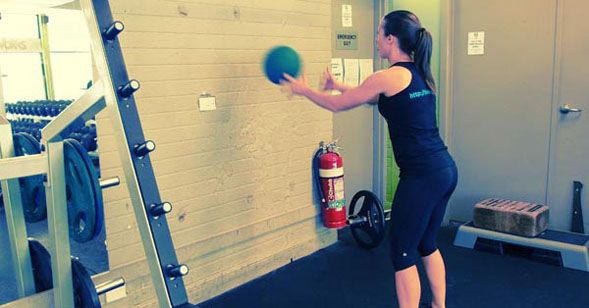Beginners Guide to Plyometrics
Plyometrics are explosive exercises designed to increase speed and power. Plyometrics were initially made famous by the Soviet Olympians in the 1970s, and since then, has been a core element in the strength programs of elite athletes worldwide. But plyometric exercises aren't just for the elite. There are benefits for both the amateur athlete and recreational exerciser.
Benefits of plyometrics
- Enhances muscle explosiveness
- Enhances muscle power
- Increases muscle strength
- Increases stamina levels/muscle endurance
- Improves speed
Plyometric exercises are also great at helping you burn calories, due to them increasing the elastic properties of your muscles, which over time allows them to handle more intense workloads, more efficiently. This means your muscles adapt to more challenging workouts faster, allowing you to see body changing results sooner.
How plyometrics work
The aim of plyometrics is to enhance athletic performance by creating the largest muscle contraction in the shortest amount of time. Plyometric exercises uses the elastic potential of your muscles via rapid, eccentric contractions known as the 'stretch-shortening cycle'. It's based on scientific evidence showing that the stretch-shortening cycle prompts the stretch or 'myotactic' reflex of your muscles and improves the power of muscular contraction.
Target the right muscles with enough plyometric training and the result is consistently faster running, higher jumping, and stronger lifting. It will equate to more speed, power and stamina.
A word of warning
Plyometric exercises are high impact, and like all high intensity training, must be gradually integrated into regular training. Progressing too quickly could lead to injuries. The most crucial aspect of any plyometric exercise is to use the correct technique, both for performance benefits and to minimise your risk of injury - this applies to to all plyometric exercises - from basic to complex movements.
A base level of conditioning, especially through your lower limbs and your core muscles is desired for the best results.
Example exercises
Below is a lower body and an upper body example of plyometric exercises. For more examples, visit our exercise library.
Squat jump:
Medicine ball wall throw:

